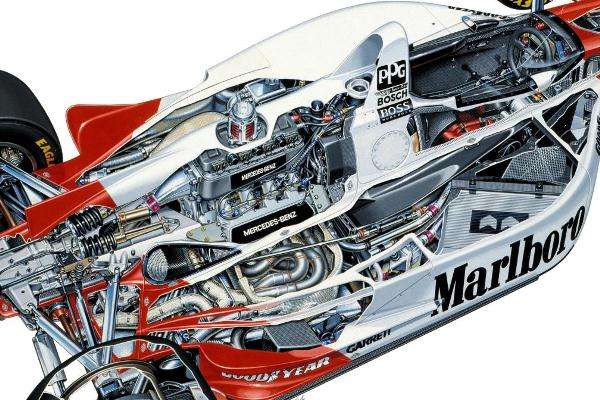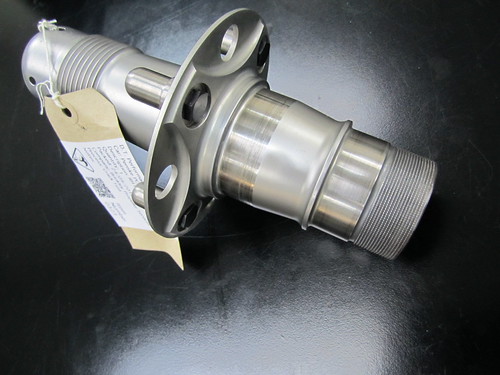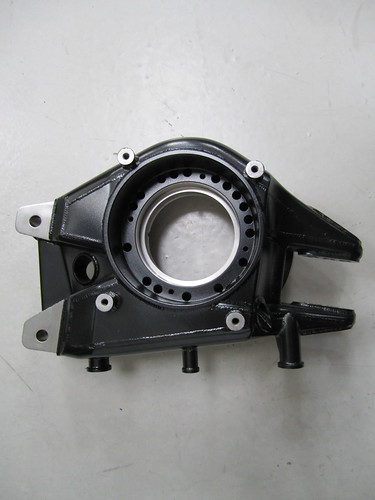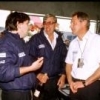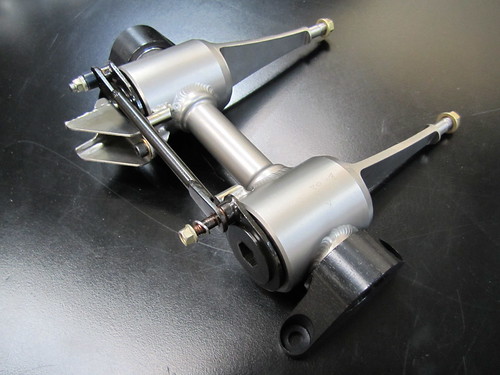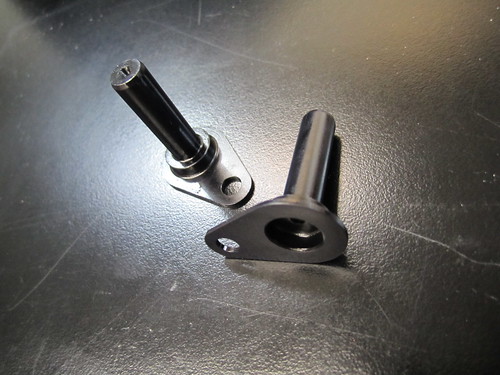I'm absolutely ignorrant of the subject so forgive me Tony. When you are producing these drawings, are you drawing them off of many many photos that you take or are you sitting down and drawing as the car sits in front of you (ala old protrait style)???
Well, a) I'm not comfortable sitting and sketching, and the basic drawing does involve the use of instruments. Some areas are freehand, but straightedges, French curves and ellipse guides are all used - ellipse guides especially, they transformed traditional technical illustrating. As for b), most times cars were either being worked on, were incomplete, and/or were wrapped and crated immediately the last bodypanel was attached. I used to take two or three rolls of 35mm B&W film, some colour shots and an occasional sketch. If I could get it (and I strove to get it) man overall shot from the angle that I wanted, or was asked to use, was a boon, as sketching a car from scratch involves another full day before the cutting-away starts. Time is of the essence!
Smaller items were usually done from the actual object, and I would have bits posted or courierd to me if I could not collect. Unfortunately, most had to be returned. Some illustrations were done soley from engineering drawings, and all the engines and gearboxes were done using varying quantities of works drawings, mixed with photographs of whatever bits were actually made and available.
Sadly, you're the last of a dying breed.
Regards,
slider
On reading this I immediately thought of the one remaining male Taihitian parakeet, doomed to a solitary and absolute end. However, I'm not the last, and technical illustration continues, even if it is generated from the files in the computer system that designed the item. The World moves on...
